#Artifact
Text
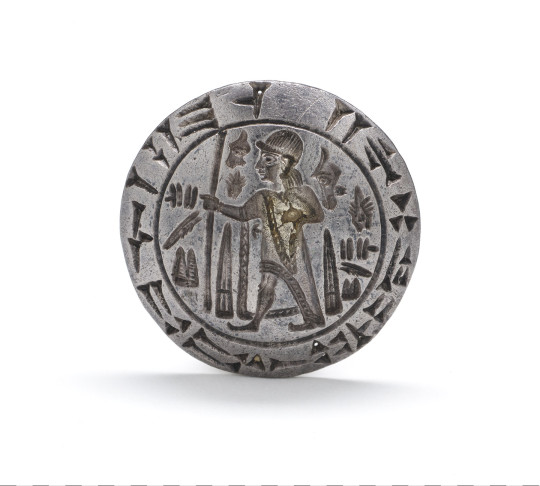
Seal of Tarkasnawa, King of Mira
Hittite, Anatolia, late 13th century BCE (Hittite Empire)
Luwian hieroglyphs surround a figure in royal dress. The inscription, repeated in cuneiform around the rim, gives the seal owner's name: Tarkasnawa, king of Mira. The name of the ruler was previously transliterated into English as Tarkondemos and Tarkummuwa. Other inscriptions naming Tarkasnawa of Mira are known, including seals found at Hattusa (the capital of the Hittite Empire) and the Karabel rock relief carving near Izmir, Turkey. Located in west-central Anatolia, Mira was a vassal state of the Hittite Empire. This seal, originally published in the 1860s, was purchased in Izmir by its first known modern owner, A. Jovanoff. Its famous bilingual inscription provided the first clues for deciphering Luwian hieroglyphs, which were previously called Hittite hieroglyphs.
59 notes
·
View notes
Photo
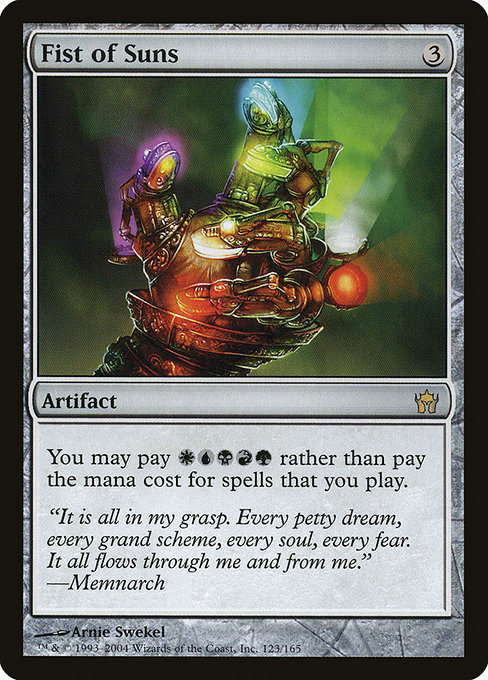
Fist of Suns
"It is all in my grasp. Every petty dream, every grand scheme, every soul, every fear. It all flows through me and from me." —Memnarch
Artist: Arnie Swekel
TCG Player Link
Scryfall Link
EDHREC Link
43 notes
·
View notes
Text

2,300-Year-Old Plush Bird from the Altai Mountains of Siberia (c.400-300 BCE): crafted with a felt body and reindeer-fur stuffing, all of which remains intact
This artifact was sealed within the frozen barrows of Pazyryk, Siberia, for more than two millennia, where a unique microclimate enabled it to be preserved. The permafrost ice lense formation that runs below the barrows provided an insulating layer, preventing the soil from heating during the summer and allowing it to quickly freeze during the winter; these conditions produced a separate microclimate within the stone walls of the barrows themselves, thereby aiding in the preservation of the artifacts inside.
This is just one of the many well-preserved artifacts that have been found at Pazyryk. These artifacts are attributed to the Scythian/Altaic cultures.
Currently housed at the Hermitage Museum.
#archaeology#anthropology#history#artifact#artifacts#siberia#scythians#archeology#museum#amazing#interesting#stuffed animals#ancient history#prehistoric#crafting#felt art#art#prehistoric art#hermitage museum#human nature
45K notes
·
View notes
Text
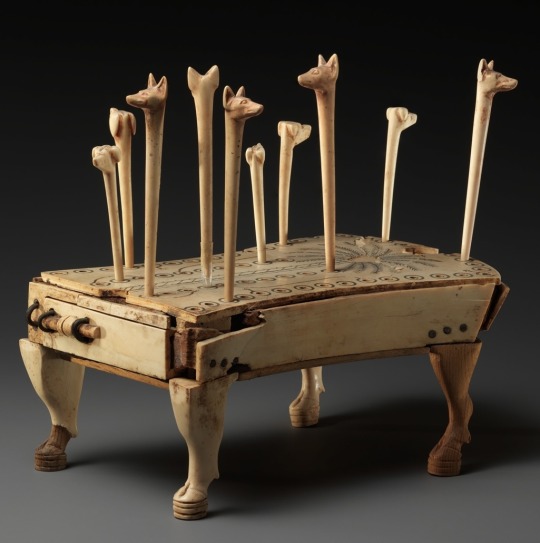
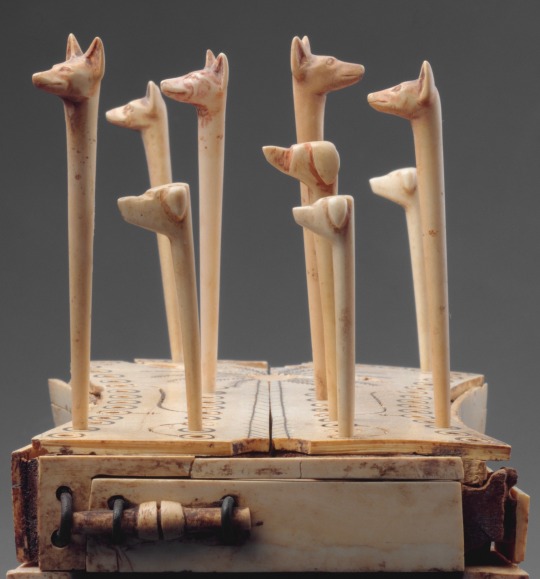
Egyptian
Game of Hounds and Jackals
Middle Kingdom, ca. 1814-1805 B.C.E.
#egyptian art#ancient egypt#ancient art#hounds and jackals#ancient history#artifact#antiquities#ancient people#ancient culture#egyptian history#egyptian culture#board games#chess#aesthetic#beauty#art history#aesthetictumblr#tumblraesthetic#tumblrpic#tumblrpictures#tumblr art#tumblrstyle#artists on tumblr#ancient artifacts
4K notes
·
View notes
Text
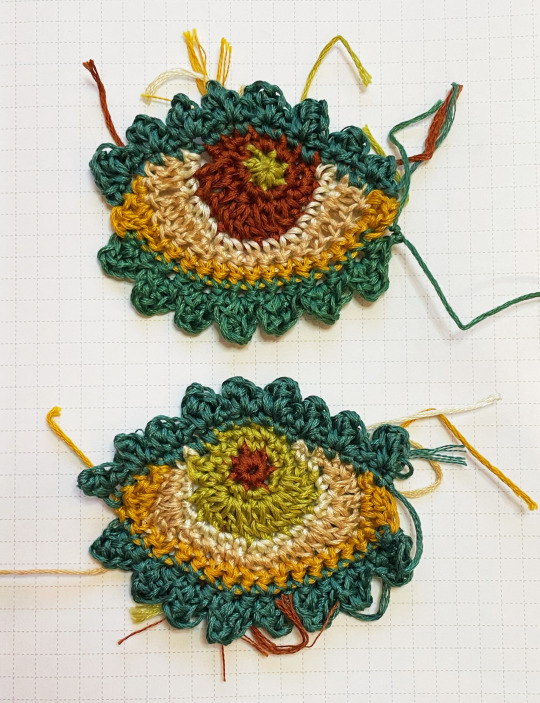
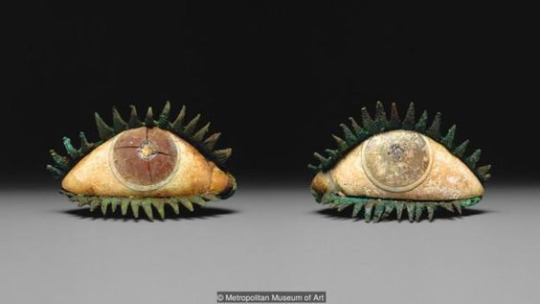
parthenon eyes in crocheted embroidery floss
3K notes
·
View notes
Text

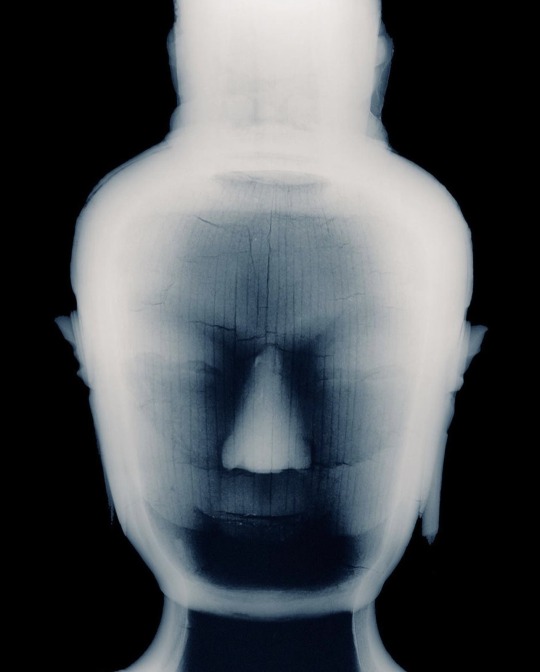






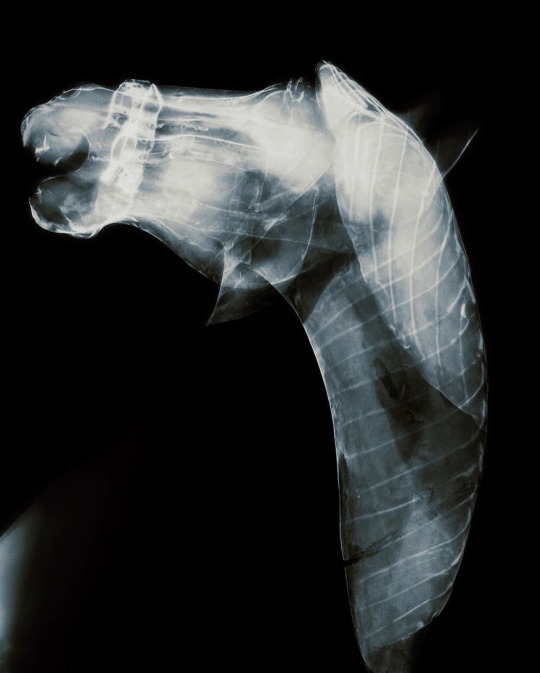
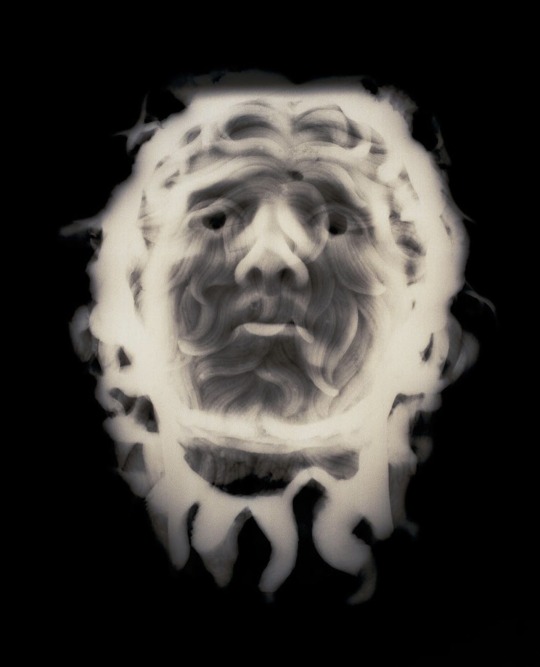
David Maisel: Ancient X-Rays (2014)
4K notes
·
View notes
Text

Reliquary hand of Saint Teresa de Jesús, Spanish nun and poet, 16th Century.
#reliquary#saint teresa#artifact#jewels#gold#blue#history#16th century#human history#objects#modern age#early modern age#aesthetic
506 notes
·
View notes
Photo

Libero Andreotti, Gorgon, 1911
3K notes
·
View notes
Text

Bowl with Interlocking Zigzag Motif in Four-Part Design on Interior Walls
Ancestral Pueblo, Arizona, 950–1400
38 notes
·
View notes
Photo

Colossus Hammer
"Relic retrieval is delayed. Mentioning it was forty feet tall might have helped us prepare." —Queen's Bay Company dispatch
Artist: Julian Kok Joon Wen
TCG Player Link
Scryfall Link
EDHREC Link
#mtg#magic the gathering#tcg#$5.33#julian kok joon wen#colossus hammer#the lost caverns of ixalan commander#artifact#equipment
33 notes
·
View notes
Text
Emerald Spectacles from India, c. 1620-1660 CE: the lenses of these spectacles were cut from a single 300-carat emerald, and it was believed that they possessed mystical properties

These eyeglasses are also known by the name "Astaneh-e ferdaws," meaning "Gate of Paradise," based on the perception of the color green as a symbol for spiritual salvation/Paradise. This was a common belief in Mughal-era India, where the spectacles were made.
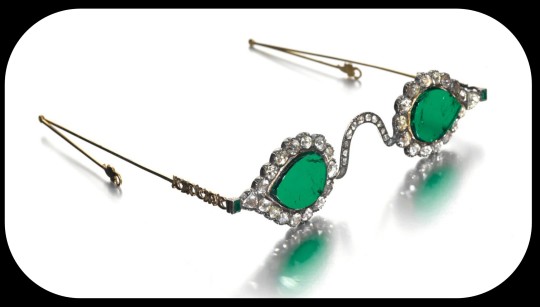
The lenses were crafted from two thin slices of the same emerald. Together, the lenses have a combined weight of about 27 carats, but given the precision, size, and shape of each lens, experts believe that the original emerald likely weighed in excess of 300 carats (more than sixty grams) before it was cleaved down in order to produce the lenses. The emerald was sourced from a mine in Muzo, Colombia, and it was then transported across the Atlantic by Spanish or Portuguese merchants.
Each lens is encircled by a series of rose-cut diamonds, which run along an ornate frame made of gold and silver. The diamond-studded frame was added in the 1890s, when the original prince-nez design was fitted with more modern frames.
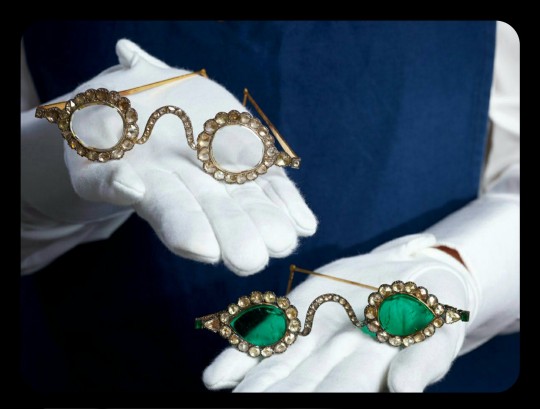
The emerald eyeglasses have long been paired with a second set of spectacles, and they were almost certainly commissioned by the same patron. This second pair is known as Halqeh-e nur, or the "Halo of Light."
The Halo of Light features lenses that were made from slices of diamond. The diamond lenses were cleaved from a single stone, just like the emerald lenses, with the diamond itself being sourced from a mine in Southern India. It's estimated that the original, uncut diamond would have weighed about 200-300 carats, which would make it one of the largest uncut diamonds ever found.

These lenses are so clear and so smoothly cut that it sometimes looks like they're not even there
Both sets of spectacles date back to the mid-1600s, and it's generally believed that they were commissioned by a Mughal emperor or prince. The identity of that person is still a bit of a mystery, but it has been widely speculated that the patron was Shah Jahan -- the Mughal ruler who famously commissioned the Taj Mahal after the death of his wife, Mumtaz Mahal. Shah Jahan did rule as the Mughal emperor from about 1628 to 1658.
The emerald and diamond lenses may have been chosen for symbolic/cultural reasons, or they may have been chosen simply because they're pretty and extravagant; their meaning/purpose is unclear. Experts do believe that the eyeglasses were designed to be worn by someone, though.
It was believed that the spectacles had spiritual properties, like the ability to promote healing, ward off evil, impart wisdom, and bring the wearer closer to enlightenment. Those beliefs are often related to Indic and Islamic traditions, some of which ascribe spiritual and/or symbolic traits to emeralds and diamonds. Emeralds can be viewed as an emblem of Paradise, divine salvation, healing, cleansing, and eternal life; diamonds are similarly associated with enlightenment, wisdom, celestial light, and mysticism.
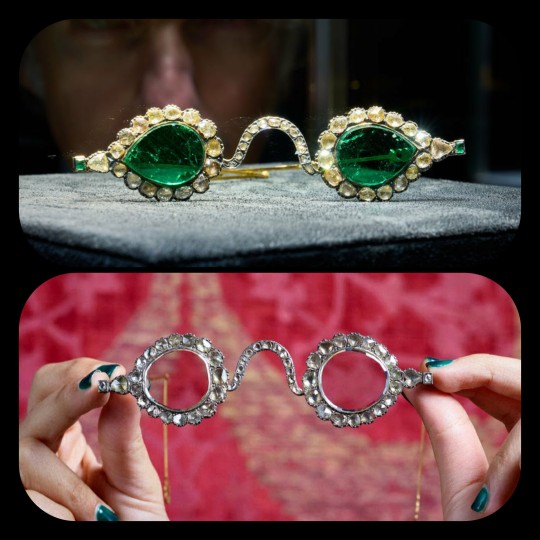
The Gate of Paradise and the Halo of Light were both kept in the collections of a wealthy Indian family until 1980, when they were sold to private collectors, before going on auction once again back in 2021. They were valued at about $2 million to $3.4 million per pair.
Sources & More Info:
Sotheby's: Mughal Spectacles
Architectural Digest of India: At Sotheby's auction, Mughal-era eyeglasses made of diamond and emerald create a stir
Only Natural Diamonds: Auspicious Sight & the Halqeh-e Nur Spectacles
The Royal Society Publishing: Cleaving the Halqeh-Ye Nur Diamonds
Gemological Institution of America: Two Antique Mughal Spectacles with Gemstone Lenses
Manuscript: From Satan's Crown to the Holy Grail: emeralds in myth, magic, and history
CNN: The $3.5 million Spectacles Said to Ward off Evil
BBC: Rare Mughal Era Spectacles to be Auctioned by Sotheby's
#history#archaeology#artifact#mughal#india#17th century#art#emerald#diamond#glasses#indian lore#islam#religion#mysticism#indian history#anthropology#spirituality#fashion
4K notes
·
View notes
Text

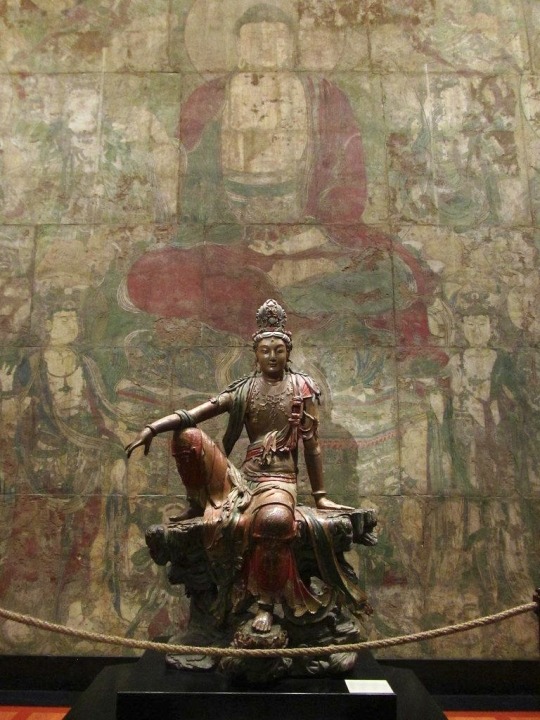
Guanyin of the Southern Sea
A wood statue of the Chinese-Buddhist deity Guanyin. Made during the Liao (916–1125) or Jin (1115–1234) dynasties.
It’s currently located in The Nelson-Atkins Museum of Art, Kansas City, Missouri.
#china#chinese culture#chinese history#east asia#Buddhism#Chinese Buddhism#zen buddhism#guanyin#museum#artifact#wood statues#statues#Buddhist deity#medieval china#ancient china
465 notes
·
View notes
Text
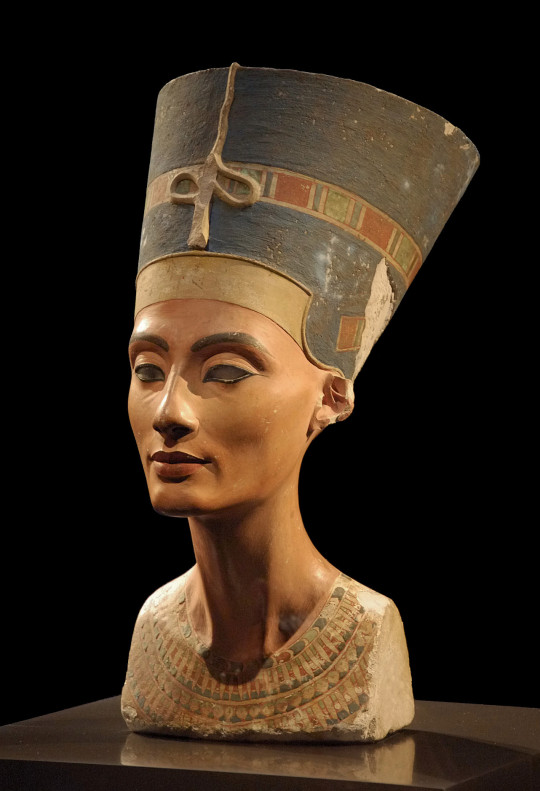
Nefertiti Bust (1345 BC)
#archaeology#archaeologists#egypt#egyptology#egyptologist#anthropology#artifact#artifacts#art history#1300s BC#statue#bust
744 notes
·
View notes
Text
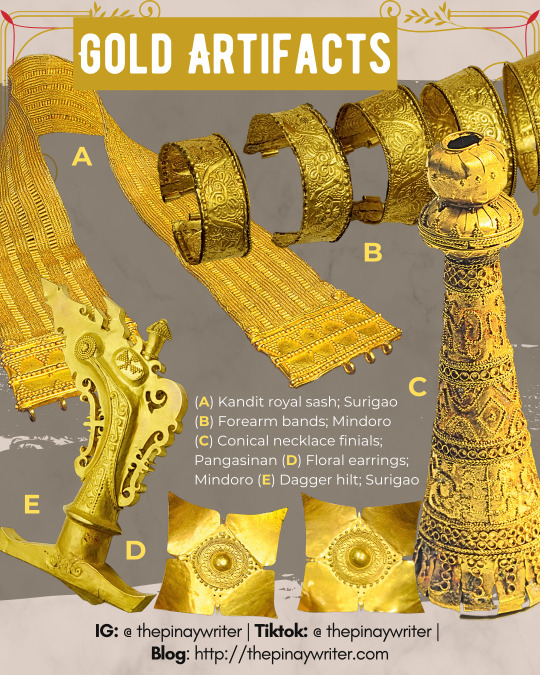

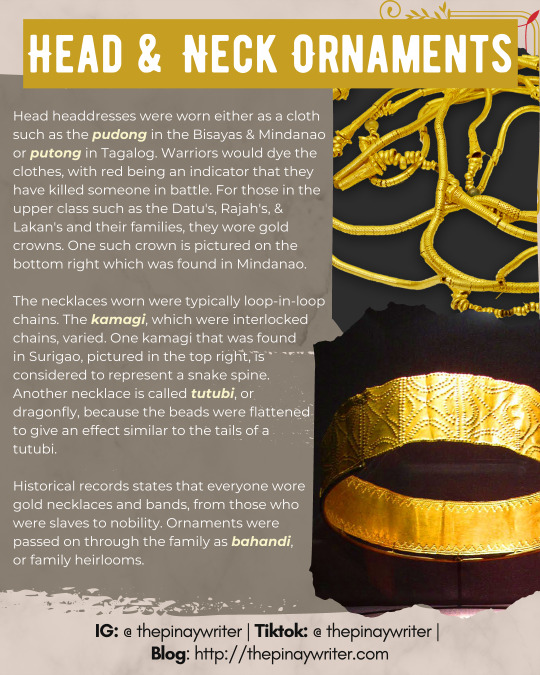
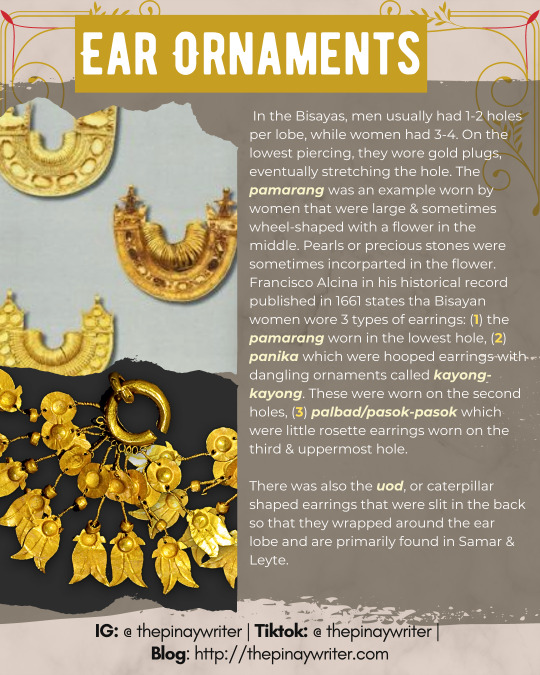

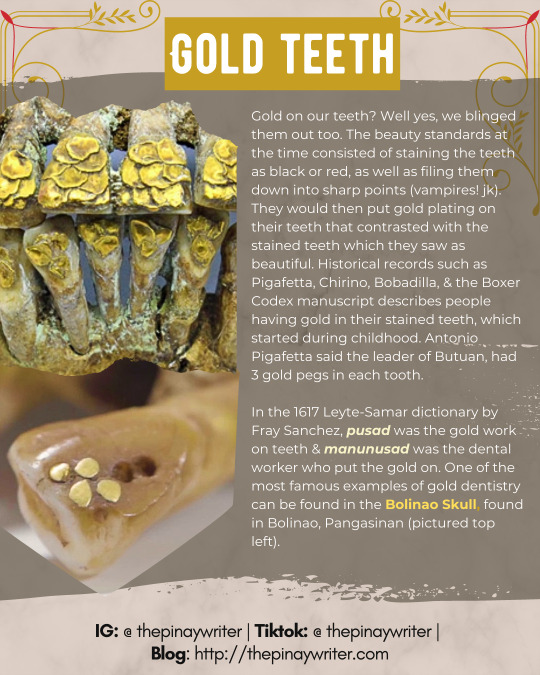


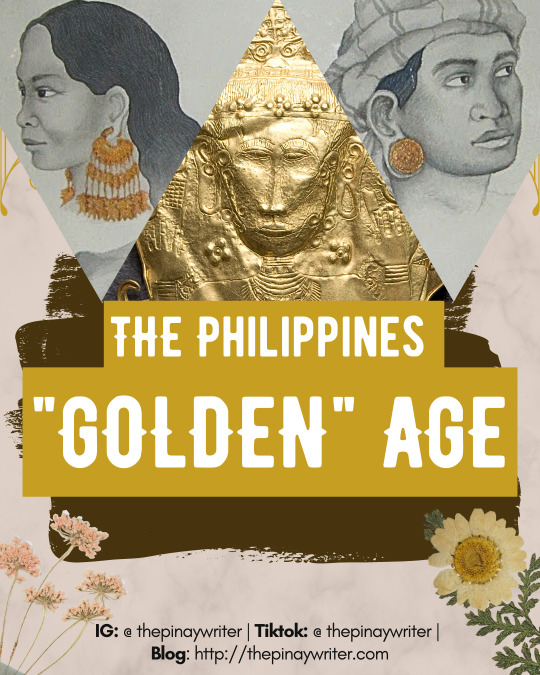
✨️ Our ancestors before the Spaniards arrived wore gold and passed them down through the generations, regardless of social class. They even crafted bowls, liquid vessels, and the hilts and covers of daggers and swords out of gold.
They buried these ornaments with the dead so that they could use it in the afterlife and as a token to give the spirit or deity to leave purgatory. They also covered the faces of the dead with gold death masks to protect them from evil spirits entering the body.
Numerous Spanish accounts record that they wore gold and buried their dead with gold bahandi, or heirlooms. From Antonio Pigafetta, Francisco Alcina, Pedro Chirino, Friar Bobadilla and within the Boxer Codex Manuscript. Together with historical accounts, archeological finds of gold artifacts from Luzon, the Bisayas, and Mindanao show how much our pre-colonial ancestors wore and used gold in their clothing, divine figures, and everyday wear, similar to the rest of Southeast Asia.
To see many of these artifacts, check out the gold exhibit in the National Museum of the Philippines and Ayala Museum.
#filipino#philippines#precolonial Philippines#gold#artifact#history#culture#filipino culture#pinoy#filipino mythology#archaeology
858 notes
·
View notes
Text
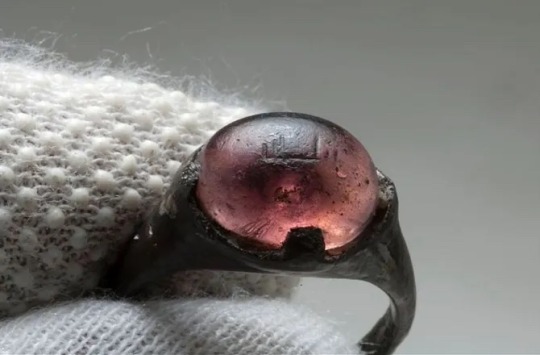

The Viking Age ring with the Arabic inscription
“for Allah” The Birka Ring
Featuring a pink-violet colored stone with an inscription that reads “for Allah” or “to Allah,” the silver ring was found during the 1872-1895 excavations of grave fields at the Viking age trading center of Birka, some 15.5 miles west of Stockholm.
3K notes
·
View notes
